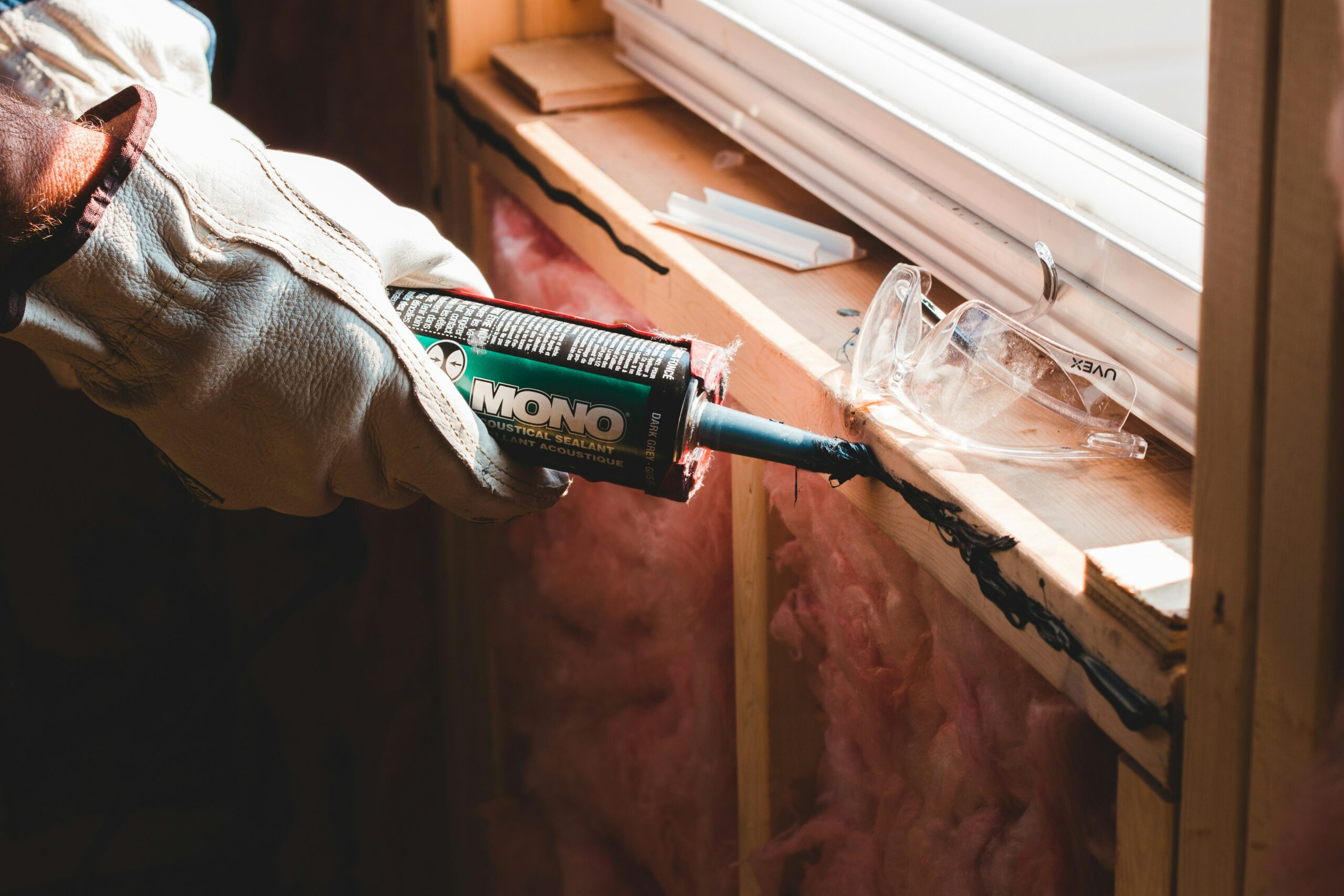Incorporating Biophilic Design Principles into Your Home: Bringing Nature Indoors
Biophilic design principles revolve around the idea of connecting people with nature through the built environment. This design approach seeks to incorporate elements of the natural world into interior spaces, aiming to enhance well-being and create harmonious surroundings. By incorporating natural materials, patterns, and light, biophilic design aims to evoke feelings of peace, calm, and tranquility within indoor spaces.
The concept of biophilic design is based on the premise that humans have an innate need to connect with nature for physical and mental well-being. This approach goes beyond simply adding a few potted plants to a room; it involves a thoughtful integration of natural elements that mimic outdoor environments. Biophilic design principles emphasize the importance of providing access to natural light, views of nature, and incorporating natural textures and colors to create spaces that feel alive and soothing.
The Benefits of Biophilic Design in Home Interiors
Incorporating biophilic design principles into your home interior can contribute to a sense of calm and well-being. The presence of natural elements such as plants, natural light, and organic materials can create a harmonious environment that promotes relaxation and reduces stress. By bringing the outdoors in, biophilic design helps to establish a connection to nature and foster a sense of rejuvenation within the home.
Furthermore, biophilic design has been shown to improve indoor air quality and enhance overall health and wellness. Plants not only act as natural air purifiers, but they also have been proven to boost mood and productivity. Additionally, the use of natural materials like wood and stone can create a grounding effect and bring a sense of warmth and texture to the space, enhancing the overall aesthetic appeal of your home interiors.
• Incorporating natural elements such as plants, natural light, and organic materials can create a harmonious environment
• Helps promote relaxation and reduce stress
• Establishes a connection to nature and fosters a sense of rejuvenation within the home
• Improves indoor air quality and enhances overall health and wellness
• Plants act as natural air purifiers and boost mood and productivity
• Use of natural materials like wood and stone creates a grounding effect
• Brings warmth and texture to the space, enhancing aesthetic appeal of home interiors
Natural Elements to Incorporate in Your Home
Incorporating natural elements into your home can help create a sense of calm and connection to the outdoors. Consider adding houseplants to bring life and freshness to your space. Plants like succulents, ferns, and snake plants are not only aesthetically pleasing but also offer air-purifying benefits.
Another way to introduce natural elements into your home is by using wooden furniture or decor. Wood adds warmth and texture to any room, bringing a touch of nature indoors. Opt for furniture pieces made from sustainable or reclaimed wood to promote an eco-friendly design aesthetic.
What is biophilic design?
Biophilic design is a concept that seeks to connect humans with nature by incorporating natural elements into the built environment.
What are the benefits of biophilic design in home interiors?
Some benefits of biophilic design in home interiors include improved air quality, reduced stress levels, increased productivity, and a sense of connection to nature.
What are some natural elements that can be incorporated in the home?
Natural elements that can be incorporated in the home include plants, natural light, water features, natural materials like wood and stone, and views of nature from windows or balconies.




